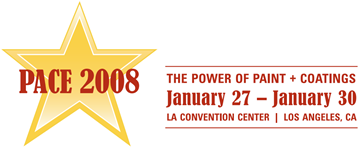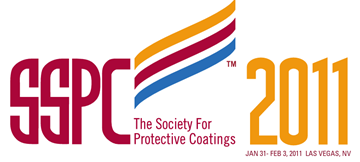Search
Products tagged with 'wastewater'
View as
Sort by
Display
per page
RP0475-1975, Selection Of Metallic Materials to be Used in All Phases of Water Handling for Injection into Oil Bearing Formations
Product Number:
53028-HD1975
Publication Date:
1975
$179.00
Selection of Coating Systems for Concrete in the Water & Wastewater Environment
Product Number:
41206-231-SG
Publication Date:
2006
$20.00
Severe Wastewater Testing Programs for Rapid Evaluation of Coatings and Linings: An update
Product Number:
41208-438-SG
Publication Date:
2008
$20.00
SP0100-2014 (formerly RP0100), Cathodic Protection to Control External Corrosion of Concrete Pressure Pipelines and Mortar-Coated Steel Pipelines for Water or Waste Water Service
Product Number:
21090-SG
ISBN:
1-57590-096-3
Publication Date:
2014
$179.00
Specifying Concrete Coating Projects in Water and Wastewater Treatment Structures
Product Number:
41215-915-SG
Publication Date:
2015
$20.00
Standards, Training, and Certifications in the Wastewater Industry
Product Number:
41216-988-SG
Publication Date:
2016
$20.00
The Use of Ultra-High Solids, Fast Return to Service Coatings on Concrete Structures to Shorten the Construction Schedule at the Expansion of the Norman, OK, Wastewater Treatment Plant
Product Number:
51218-117-SG
Publication Date:
2018
$20.00
Triangle of Trust Client Driven Specifications for Wastewater Facilities
Product Number:
41214-874-SG
Publication Date:
2014
$20.00
Understanding the True Meaning of Green for the Wastewater Industry
Product Number:
41211-588-SG
Publication Date:
2011
$20.00
Use of Paint 44/Guide 22, Standards, Training and Certification in the Wastewater Industry
Product Number:
51217-058-SG
Publication Date:
2017
$20.00
Waterborne Coatings for Water and Wastewater Treatment Plants
Product Number:
41205-174-SG
Publication Date:
2005
$20.00












